Since ancient times, people have been searching for life in the Universe. Talk about little green men on Mars is a thing of the past, but scientists still do not stop searching for extraterrestrial organisms. Here's what you need to know about the search for life beyond our planet. 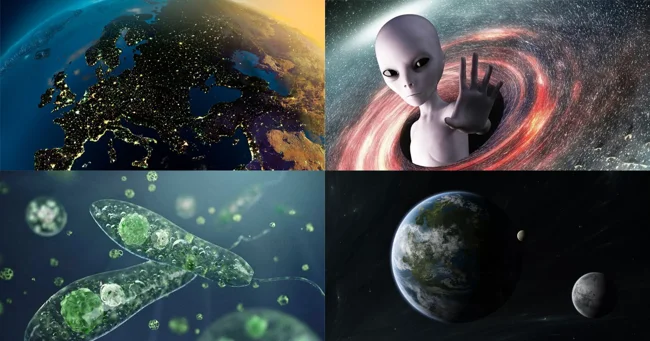
Where can it exist 
So far, humanity knows only one planet on which there is life - our Earth. Most often, by the search for life, we mean the search for organisms based on proteins (not eared ones!). As a rule, they can only exist if they are in a very narrow habitable zone (or Goldilocks Zone). This is an area in outer space in which all the conditions for the existence of earthly life exist. 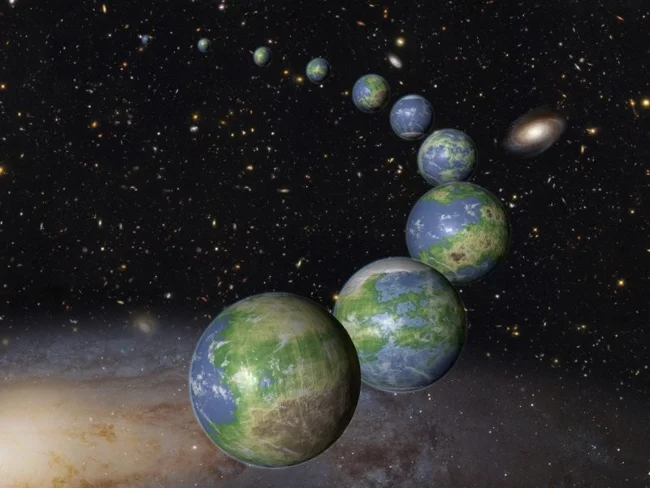
For life like ours to exist on a planet, asteroid, or anywhere else, there must be liquid water, a dense atmosphere, and chemical diversity. That is, there must be molecules based on H, C, N, O, S and P. Also, such a planet must have a star that brings a certain amount of energy. Too much is bad, too little is also bad.
Now the search for life is focused primarily on identifying planets that resemble Earth in their conditions. How are they found? Well, they’re just looking for all the planets in a row. And then they determine whether they are in the galactic habitable zone. If yes, they study in more detail: the atmosphere, chemical diversity, the presence of water and the star. However, there is one problem: these planets and stars are mostly too far from us to study them in detail.
Prospects 
NASA suggests that extraterrestrial life could be discovered by 2034. The Kepler telescope was launched in 2009 and has already helped find thousands of exoplanets (planets not in our system) beyond our solar system. 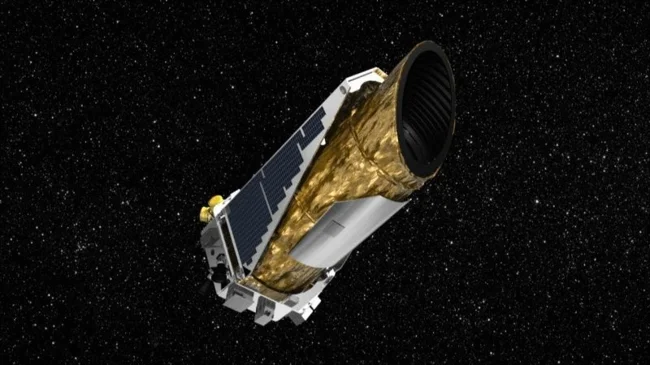
So, the data from this wonderful telescope tells scientists that in the Milky Way alone, our galaxy, there may be up to hundreds of millions of planets suitable for life.
How to look for traces of life 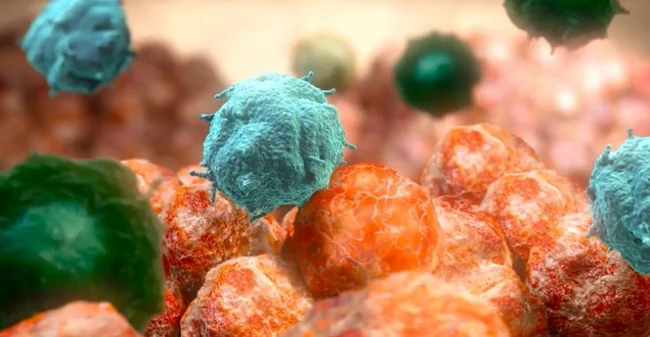
Everything is simple here. Typically, scientists look for biomarkers. These are chemical compounds of biological origin. To make it clearer, the terrestrial biomarker is considered to be the presence of oxygen in the atmosphere.
She may not be intelligent 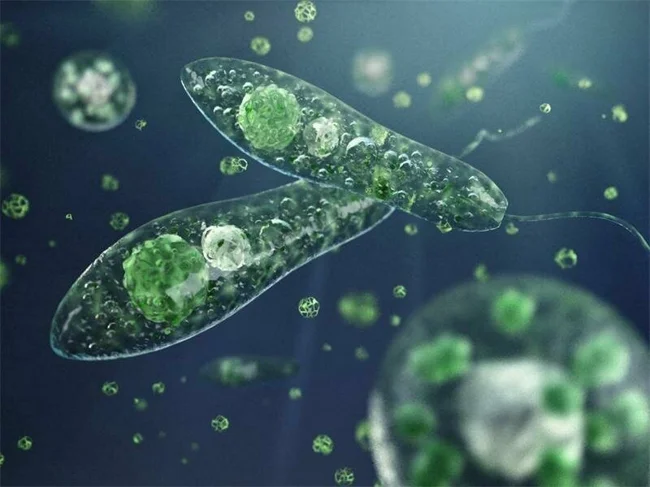
Most often, we dream that extraterrestrial life should be roughly similar to ours: aliens that talk, walk and think. But non-intelligent organisms may also turn out to be real aliens.
But some scientists agree that intelligent alien life is likely to be short-lived. Many species may simply not be able to cope with problems such as global warming, overpopulation and famine, which could lead to chaos in the long term. This will destroy any civilization, including the human race.
Keplers 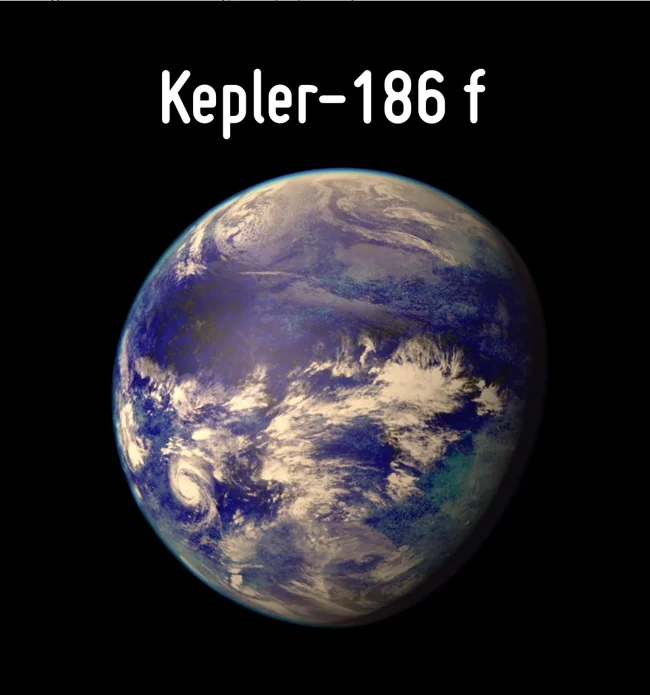
In 2014, NASA announced the discovery of an exoplanet in the red dwarf planetary system Kepler-186. It is located in the constellation Cygnus. One of the planets, Kepler-186f, falls into the habitable zone. If there is an atmosphere there (this has not been definitely proven), there may be liquid water there. True, there is one nuance (just like in that joke): the star around which this planet revolves is located near a red dwarf. And our Sun is a yellow dwarf, which is warmer than its red counterpart. Therefore, most likely, the planet has unfavorable conditions for life.
Red dwarfs are unstable stars from a magnetic point of view. They often have flares that cause nuclear X-ray radiation, incinerating all living things around. 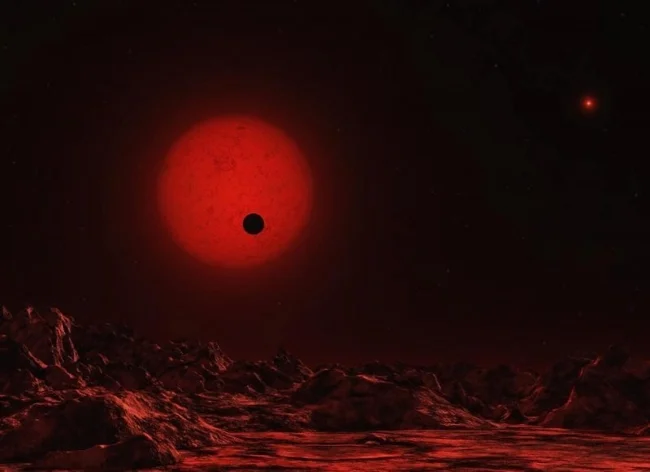
There is another planet - Kepler-452b. In July 2015, after another NASA conference, many media outlets picked up that there is liquid water on this planet. Well, or certainly there is. But the fact is that we don't know for sure whether it is there. 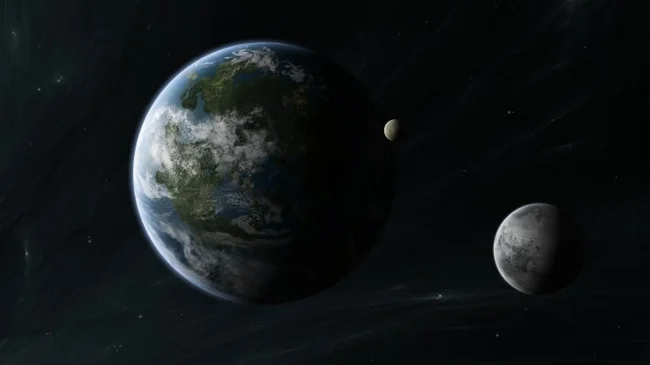
The planet itself is in the habitable zone, and it is Earth-type. But there are also gas giants whose satellites also have liquid water. However, we have direct evidence that even if there was water, this does not mean that life is necessarily present on the planet - our neighbor Mars is just an example of this.
Mars 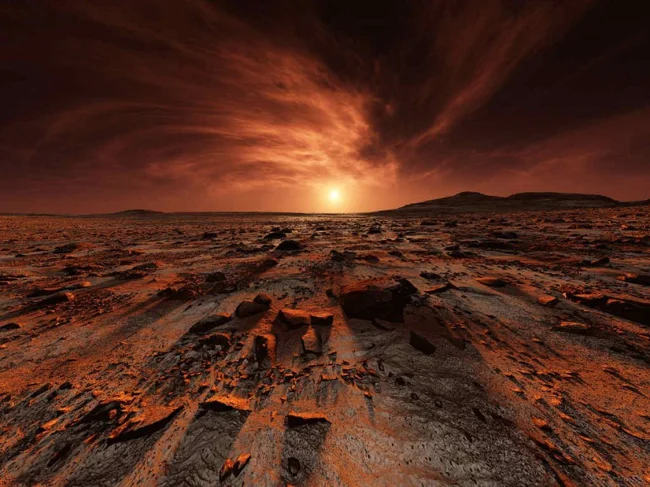
At the moment, we don't know for sure whether there are remnants of life on Mars. However, there is confidence that water was once there. And there is now. This was proven in 2015.
True, it is almost impossible to survive in such conditions. True, NASA's Opportunity and Curiosity rovers, which are studying the rocks of the red planet, show that four billion years ago there was fresh water there. 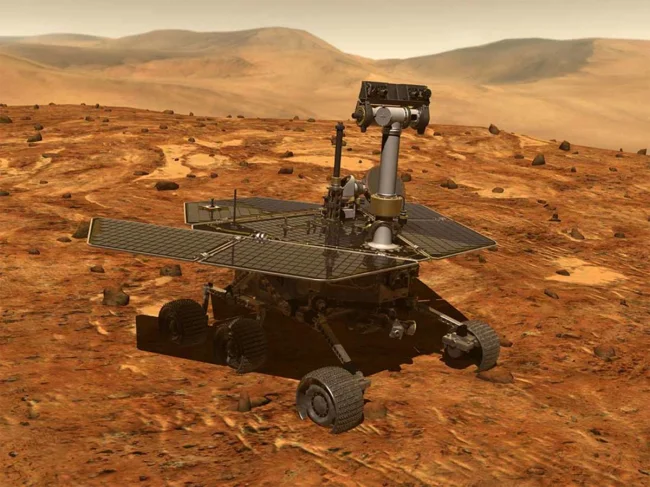
Opportunity
And where there is fresh water, there is dirt. And life could bloom in it.
A possible source of water is the Arsia Mons volcano. It is the third tallest volcano on the planet and erupted 210 million years ago under a huge glacier. Its heat caused the ice to melt, forming entire lakes inside the glacier itself. Like, for example, bubbles in the ice in your glass. They could exist long enough for microbial life to form within them.
There is also a possibility that some of the simplest terrestrial organisms can survive in the conditions of Mars even now. For example, methanogens use hydrogen and carbon dioxide to produce methane and do not require oxygen or nutrients at all. They don't even need light. These organisms can survive temperature changes. 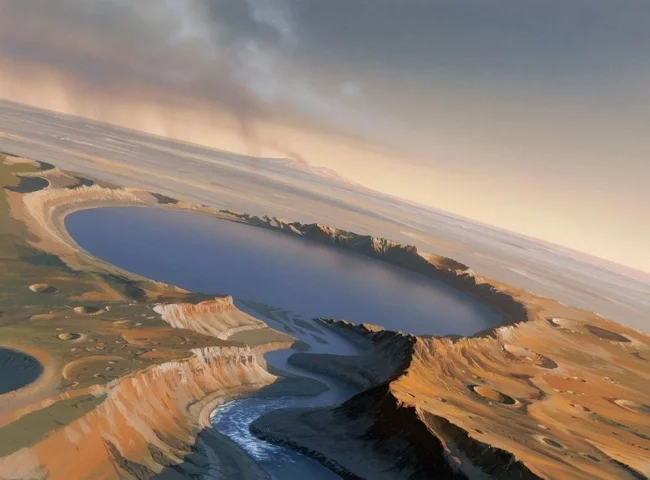
In 2004, methane was discovered in the atmosphere of Mars, and after that scientists admitted that metagenes could already live there. True, so far only under the surface of the planet.
As for liquid water, perchlorates exist on Mars. It was they who were dubbed liquid water in the media. But these are, in fact, compounds of perchloric acid salts with various metals. So, when these salts get wet, water can exist at a very low temperature. And when the temperature rises above -23 degrees, perchlorates become wet in a hypersaline form. This very wet salt flows down the slopes on the surface of Mars and leaves traces: river beds on the hillsides. 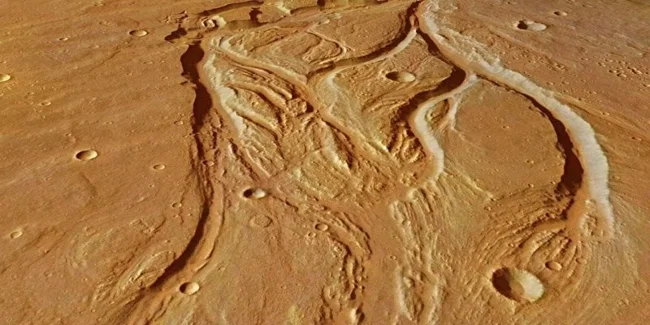
In general, these are very toxic perchloric acid compounds. True, there are organisms on Earth that can live even in such extreme conditions.
Europe 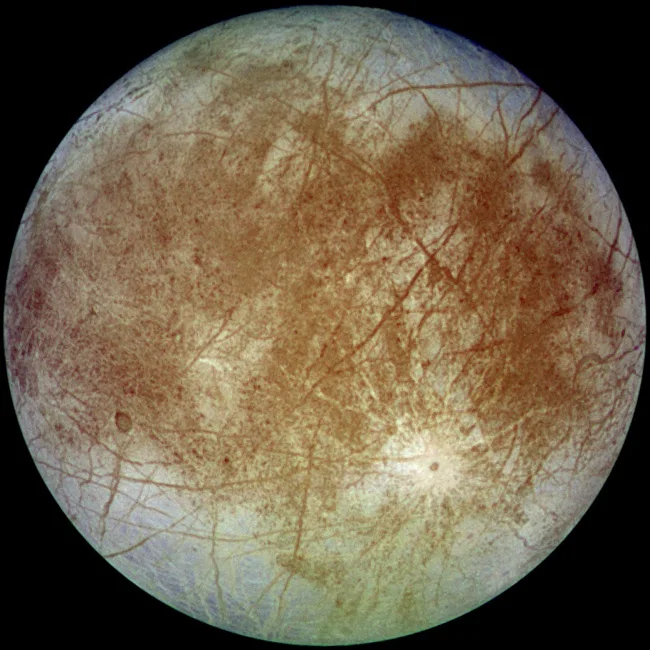
A mission is planned to be launched to Jupiter's moon Europa to determine whether the moon Europa is habitable. It is also necessary to identify places where future ships could theoretically land. 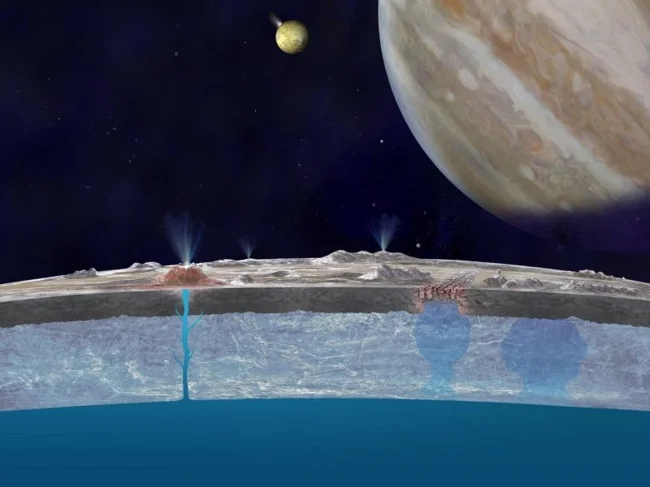
In addition, they plan to look for life under a thick layer of Europa ice. It is known that there is an entire ocean beneath it. Water foam comes out of cracks in the south polar region and Europa has orange streaks all over its surface.
Enceladus 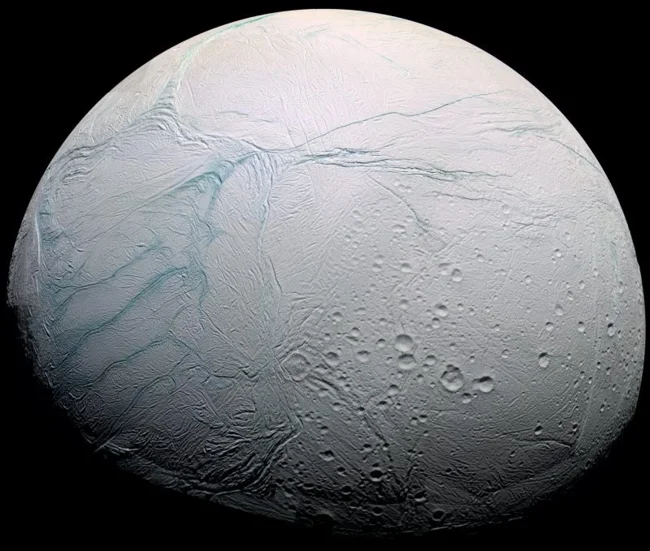
Another body in our solar system that may well be suitable for life. In 2017, the media wrote that life had been discovered on a satellite of Saturn. But in fact, scientists only found confirmation of research that took place over several decades. 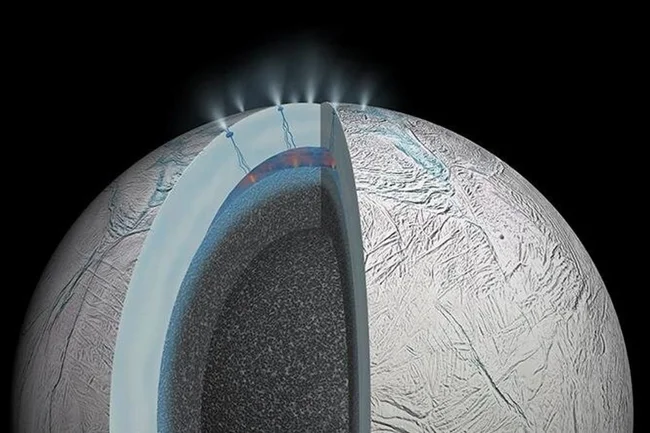
Enceladus is one of the inner satellites of the giant Saturn. It itself is not very large, only 500 kilometers in diameter, and oceans have been found under a layer of ice on its surface. There are hot springs, plenty of water, chemical diversity and all the conditions for life to arise.
One of the theories of the origin of life says that on Earth the first organisms could have appeared at the bottom of the ocean, where there were thermal springs. So, on this object there is something similar to prehistoric Earth. At this point, it may be the second object in our solar system that could harbor life. And evidence of its existence may soon emerge.
Proxima b 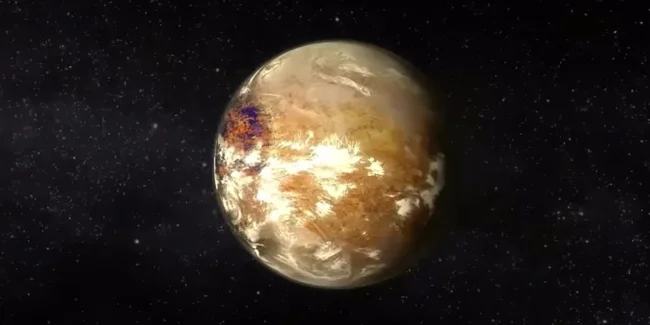
In August 2016, confirmation of the presence of a planet near the star Proxima Centauri was received. This is the closest exoplanet to Earth that could support life.
Scientific teams at the European Southern Observatory have been observing the body since 2012, and Proxima b is just within the habitable zone. 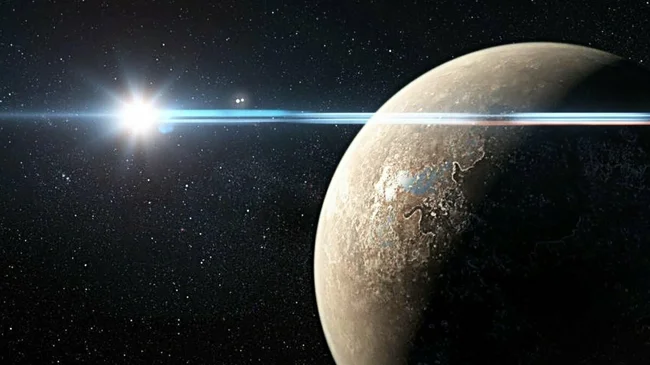
True, there are differences from Earth. We are located at a distance of one astronomical unit from the Sun, but this planet is at 0.05 AU. That is, 200 times closer. But the star shines weaker, and it is colder. The planet falls into a tidal lock zone. That is, it does not rotate around the star, but with it. Like the Moon and the Earth.
Therefore, one side of the planet is warm, and the other is cold. But there are such climatic conditions that the wind system exchanges heat between the dark and light parts of the planet. And just on their border there may be favorable conditions for life.
TRAPPIST-1 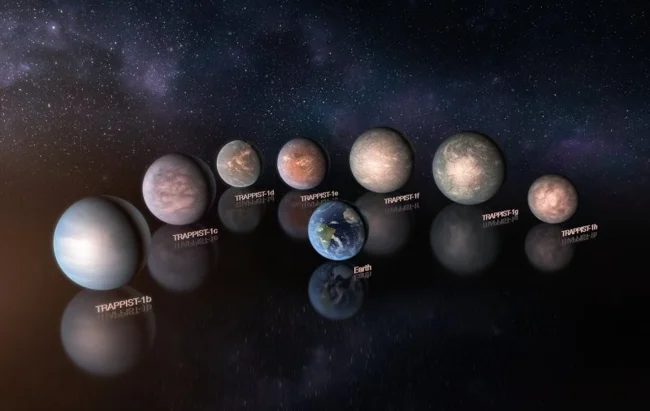
In 2017, as many as seven planets were found in this star system, which are similar in size and mass to Earth. Three of them are in the habitable zone.
By modeling planetary atmospheres, it became clear that there could be liquid water there. But there is unlikely to be life there: this star is a red dwarf, and there, as we wrote above, outbursts often occur (but this may not apply specifically to this dwarf). 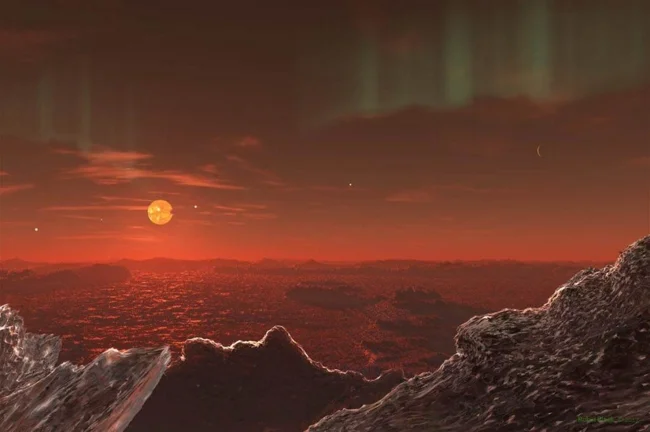
This star may not be as active due to its age. In addition, the planets may not have a night shift: they are all synchronized in rotation. It is not yet known how this might affect the emergence of life.
Exomoons 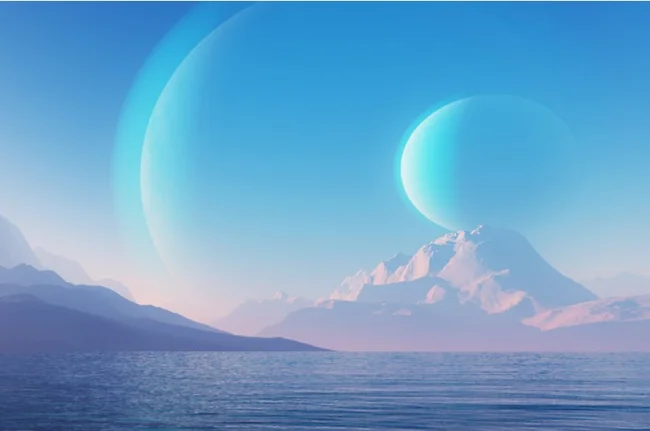
Of course, life can exist not only on planets, but also on their satellites. Thus, physicists at the University of Texas have found a way to detect exomoons through radio waves. Europa and Enceladus belong to such objects. And there really may be life on them.
In addition, there are bodies such as Gliese 876b (about 15 light-years from Earth) and Epsilon Eridani b (about 11 light-years from Earth). These are gas giant planets that may have quite habitable satellites.
Pollution 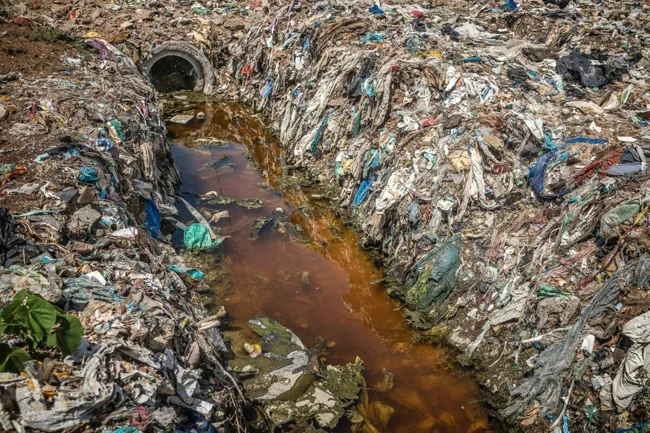
Life can be found not only in water, but also in pollution. This way you can also discover those planets that have become extinct for one reason or another.
Swinging Worlds 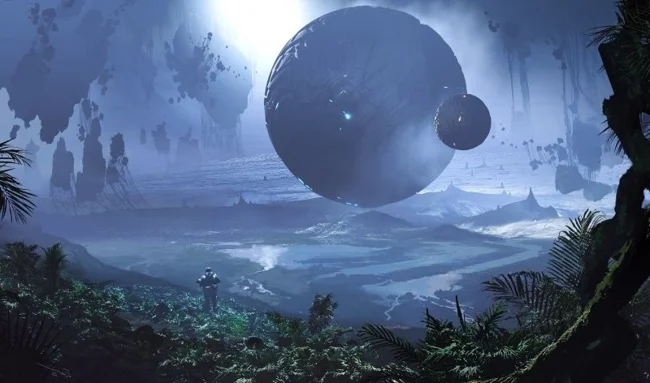
There are exoplanets with oscillating axes. They can support life where fixed-axis planets (Earth, for example) cannot. The Earth and its other planetary neighbors rotate in the same plane, but if the planet had neighbors with angled axes, then they, in theory, could support life where others would seem powerless. 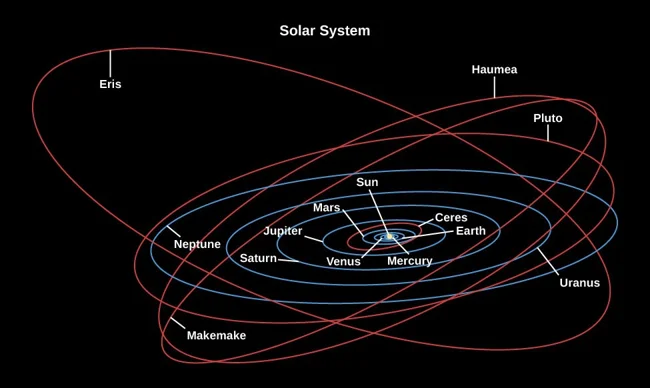
Theories say that water may appear more often on such planets. This is because the heat from the mother star will be evenly distributed on the surface of such a world, especially if it faces the star with its pole.
Eccentric planets 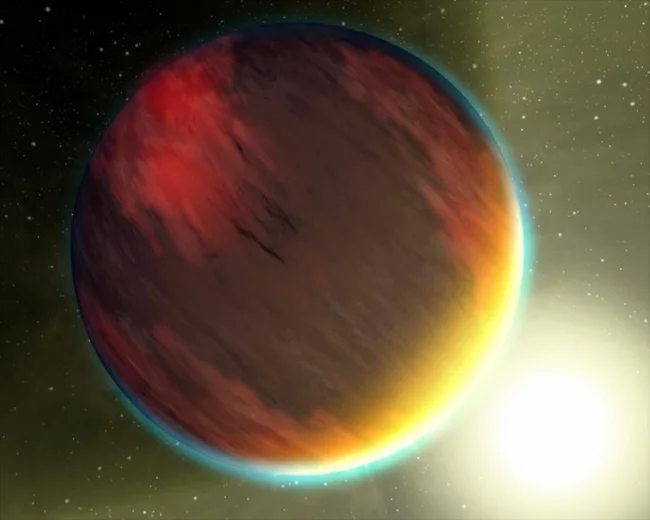
Not all planets revolve around their star in a perfect circle. There are also worlds that rotate, for example, along an ellipsoid. That is, they are in the habitable zone only part of the time.
But even under such conditions, life is possible. So, even on earth there are microscopic life forms that can survive in harsh conditions.
Overall, the search for life is exciting. At the moment, science is moving forward with rapid steps. Perhaps life is much closer than we thought before.
0 comments

